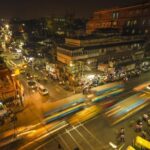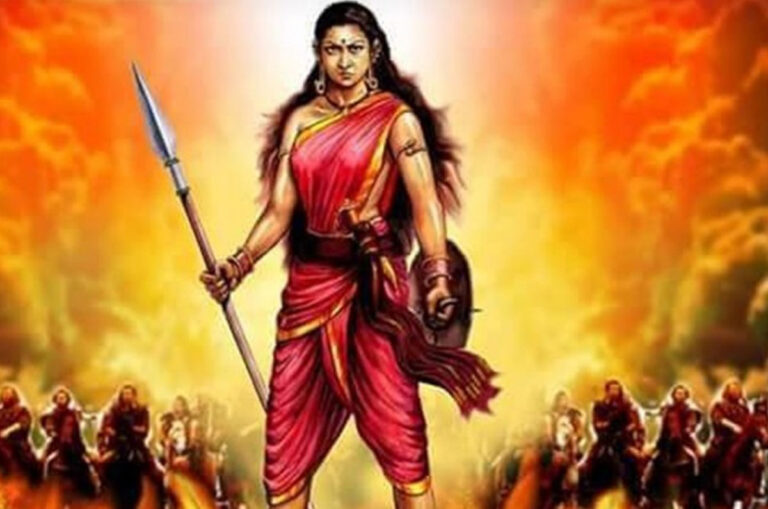The contribution of women in different fields as a mother, daughter, and wife has always been beyond comparison. Similarly, India’s biggest achievement- Independence, had also counted on, not only men but also, struggles of many women. Earlier, women were considered inferior and not allowed to speak for any purpose. But once they learned speaking for themselves against the misdeeds, they never stopped, to date. Today this same act is termed as ‘Women Empowerment’.
India’s struggle for freedom is absolutely incomplete without the mention of the female freedom fighters who participated in it. So here are few among the many female freedom fighters who played equally important roles in India’s Independence Movement—
Female Freedom Fighters of India
Savitribai Phule (1831-1897)
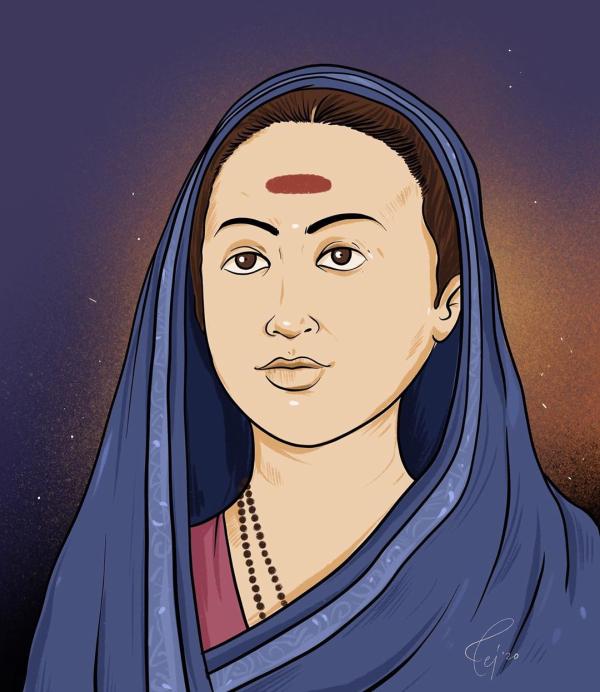
Savitribai Phule found the first women’s school at Bhide Wada in Pune and became the first Indian woman to be a school teacher. She was considered as one of India’s early feminist. She also opposed the child marriage act and promoted equality based on caste and gender. Savitri, supported by her husband Jyotirao, dared to break the traditional stereotype of the society during the British regime. They also provided shelter to the young widows who had fallen out of child marriage, under the British rule.
Kanaklata Barua (1924-1942)
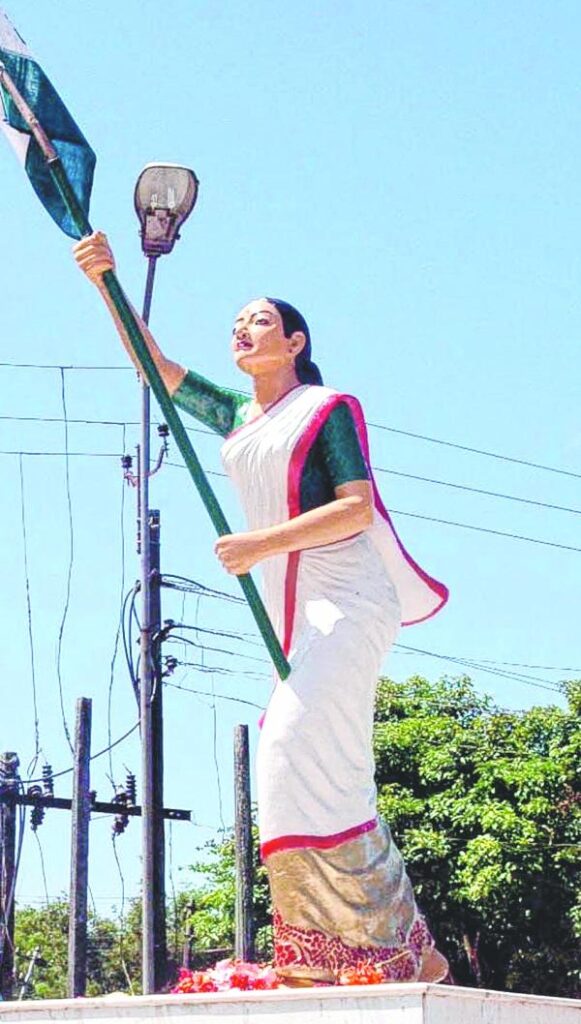
Kanaklata is recognized as the youngest freedom fighter from Assam. She is also known as Birbala. She took a leading part in the Quit India Movement in 1942 at Barangabari and stood as the head of the women volunteers’ with the National Flag in her hand. Due to rejection by the Azad Hind Fauz, she joined Mrityu Bahini (a suicide squad). After the murder of Kushal Konwar, they decided to unfurl the National Flag at the local police station of Gohpur division as a protest against the misdeeds of the Britishers. During this procession, Kanaklata was shot as a result of continuing to march after being warned multiple times. She sacrificed her life for the country at a very young age of 18.
Aruna Asaf Ali (1909-1996)
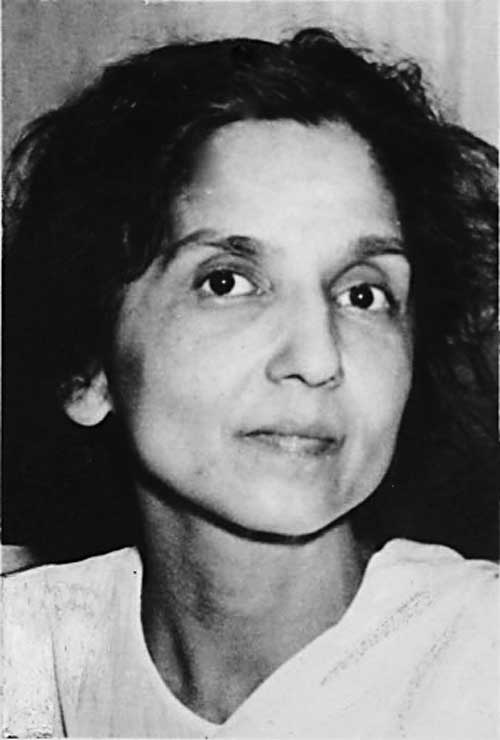
Aruna was born to a pure brahmin family as Aruna Ganguly. After completing her education she went on to be a teacher at Calcutta’s Gokhale Memorial School. Later she married Asaf Ali despite parental opposition based on religion and age. She was introduced to politics through her husband as he was a prominent member of the Indian National Congress (INC). Two years after her marriage, she went to jail during the Salt Satyagraha and was refused to get bail, for being a treat to the British. The Indian National Congress flag was hoisted by her, at the Gowalia Tank Maidan in Bombay during the Quit India Movement. Aruna also protested against the ill-treatment given in the prisons, by launching a hunger strike.
Tara Rani Srivastava
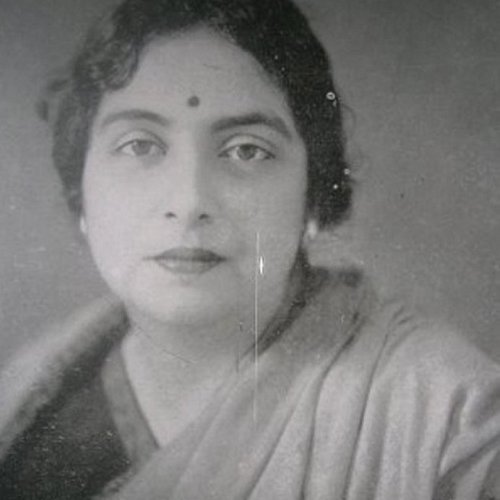
Tara Rani, with her husband Phulendu Babu, joined the Quit India Movement of Gandhiji in 1942 and planned to raise the Indian flag on the roof of the Siwan Police Station. They started marching towards the police station, chanting ‘Inquilab’. Her husband was shot when the police started an open fire. She bandaged him and continued to march while holding the Indian flag. Later she also inspired many other women to join the freedom movement.
Madam Bhikaji Cama (1861- 1936)
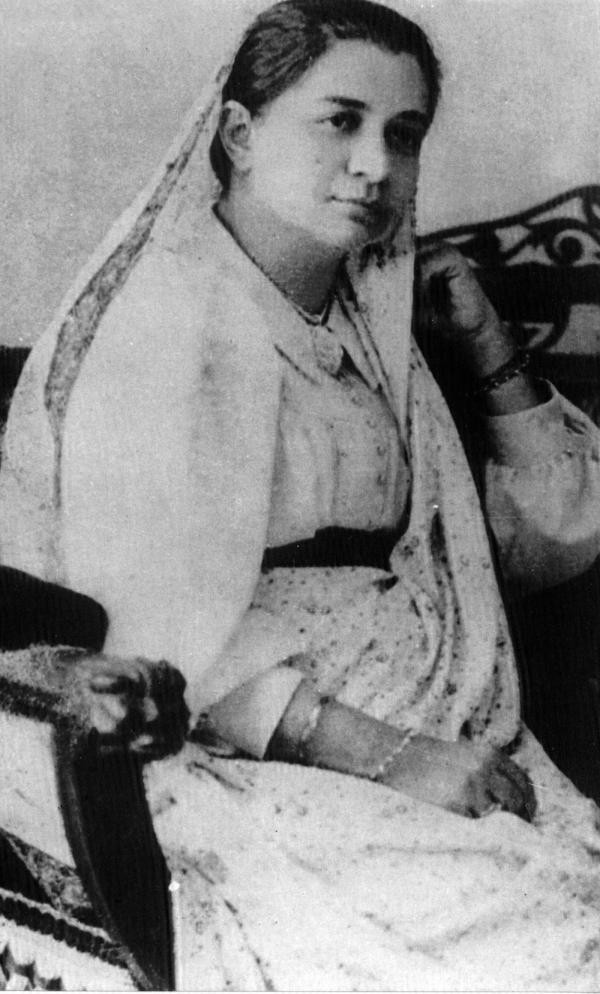
Bhikaji Cama was raised in an environment where the Indian nationalist movement was taking root, and so she was drawn toward political issues from a very early age. She could speak in various languages, which helped her to communicate and protest for people across India. Bhikaji was the first woman to hoist the Indian National Flag on foreign land at Stuttgart in Germany during the International Socialist Conference. She actively participated in the Non-Cooperative movement and Quit India Movement. Not only this, but she also stood for gender equality and donated all her personal belongings to an orphanage for girls.
Captain Lakshmi Sahgal (1914-2012)
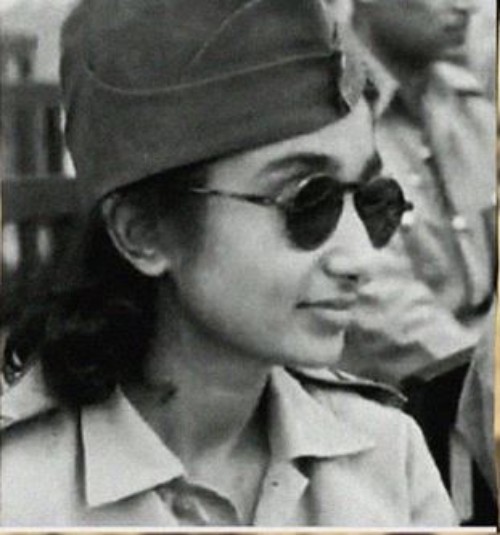
Lakshmi Sahgal started her career as a doctor and later on went to join the Indian Army. She was inspired by Subhas Chandra Bose, during a meeting held in Singapore, and became an active member of the Indian National Army. She formed a women’s division called the Rani of Jhansi Regiment. In Burma, she was placed under house arrest for two years for her role in World War II but continued opposing the British.
Vijaya Lakshmi Pandit (1900-1990)
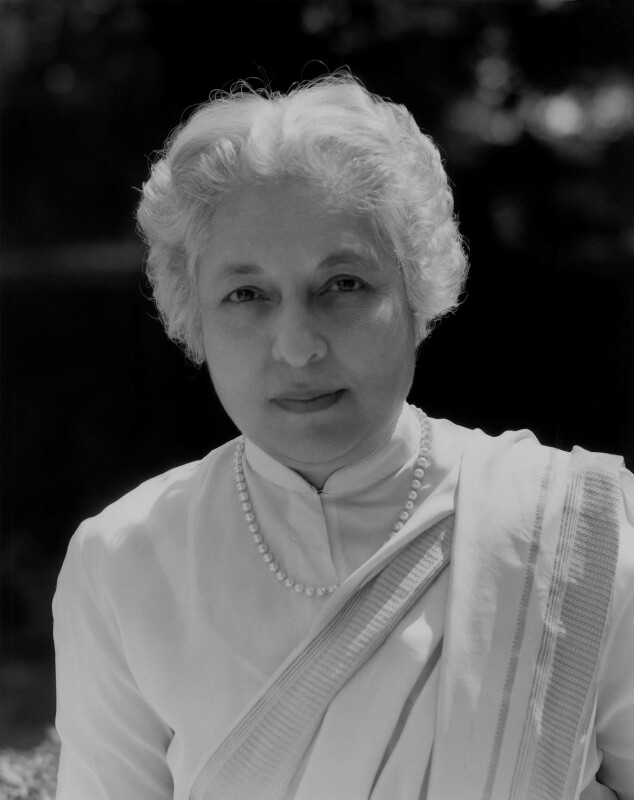
Vijaya Lakshmi was the sister of Jawaharlal Nehru and likewise holds a remarkable place in the freedom struggle. She actively worked with the Indian nationalist movement and was imprisoned three times by the British authorities in India. She was appointed as the Indian representative of the UN Human Rights Commission. She wrote an autobiography ‘The Scope of Happiness’ where her relationships with her close relatives are prominently depicted.
Velu Nachiyar (1730-1796)
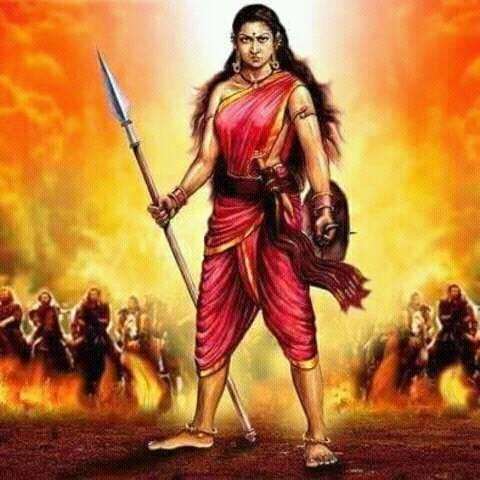
Velu Nachiyar was the first queen to conduct a war against the British and began rivalry way before the Sipoy Mutiny came into existence. She was the first to create a human bomb. When she located the place where the British stored their ammunition, she doused herself in oil, walked into the store and lit herself to destroy the arms.
Rani Lakshmibai (1828-1858)
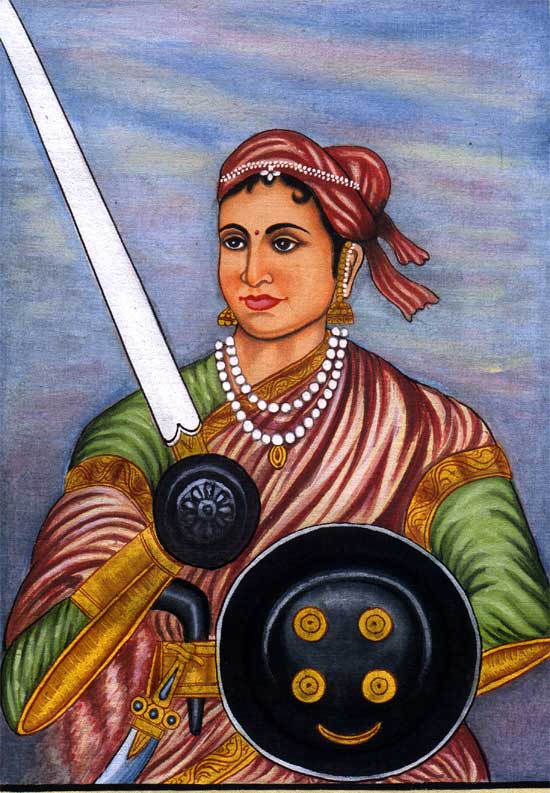
Rani Lakshmibai, also known as Jhansi Ki Rani has been inspirational to several freedom fighters for ages. She was originally born as Manikarnika, but after marriage became Lakshmibai in the honor of goddess Lakshmi. She was one of the leaders of the Indian Rebellion of 1857 and became a symbol of resistance for Indian nationalists, to the rule of the British East India Company in India. After the death of her husband, the head of the British government of India, Lord Dalhousie, refused to allow her adopted son to become Raja to pave a way into capturing Jhansi. She fought against the British for Jhansi till her last breath.
Sarojini Naidu (1879-1949)
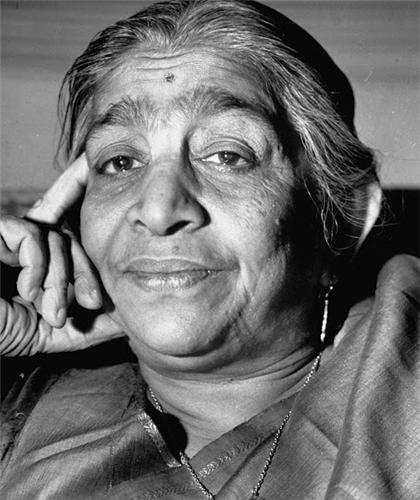
Sarojini Naidu was one of the most prominent faces of India’s freedom struggle. She was also known as the ‘Nightingale of India’. She inspired many Indians to fight against the British and stand up for their rights through her poems. She completed her higher education from Cambridge and was an ardent follower of Gandhi. Naidu joined the Indian national movement during the emergence of the partition of Bengal in 1905. She was arrested many times for her involvement with the Quit India movement. Sarojini became the second woman president of the Indian National Congress and was the first woman Governor of an Indian state after independence. She helped in framing the Constitution of India and played a major role in the Civil Disobedience Movement.
This list of female freedom fighters keeps going on. Women have proved themselves to be equally eligible in all forms. Though the meaning of ‘Women Empowerment’ is continuously changing over generations, the core point that women are capable beings always remains constant.
Banner Image Source
![]()

